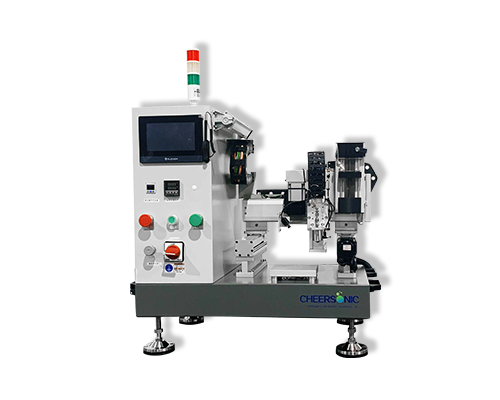Spray Catalysts On Nafion Membranes
Spray Catalysts On Nafion Membranes – Ultrasonic Spray – Cheersonic
PEMFC has the advantages of general fuel cells, especially low-temperature start-up, low corrosion, etc., and is an ideal power source for automobiles. The chemical reaction in PEMFC is a multiphase reaction, and it must have channels for transporting electrons, protons, and gases at the same time. Nafion membrane as a solid electrolyte , protons are the only transport components in the membrane. The performance of PEMFC is affected by the homogeneity of the polyion exchange resin in the catalyst.
The more uniform the polyion exchange resin is in the catalyst, the better the performance of the fuel cell. Since the solid membrane cannot penetrate into the electrode like a liquid electrolyte, the contact area between the electrolyte and the catalyst is small, and the actual reaction area is low. Therefore, in this type of fuel cell The catalyst utilization rate is low and the catalyst loading is large.

Using the ultrasonic spray method to spray the catalyst on the Nafion membrane can greatly reduce the amount of catalyst used. Catalyst solution does not clog ultrasonic jets, uniform fuel cell catalyst coating, controlled droplet size, flow rates from ultra-low flow to production scale. Our ultrasonic spray heads are ideal for spraying catalyst solutions onto Nafion membranes to enhance hydrophilicity or hydrophobicity during electrolysis.
Ultrasonic coating systems produce highly durable, uniform carbon-based catalyst ink coatings during electrolysis in fuel cells and proton exchange membrane (PEM) electrolyzers, such as Nafion, without membrane deformation. Uniform catalyst coatings are deposited on PEM fuel cells, GDLs, electrodes, various electrolyte membranes, and solid oxide fuel cells in suspensions containing carbon black ink, PTFE binder, ceramic slurries, platinum, and other precious metals. Other metal alloys, including platinum, nickel, iridium, and ruthenium-based fuel cell catalysts, with metal oxide suspension coatings that can be sprayed using ultrasonics for the manufacture of proton exchange membrane fuel cells, polymer electrolyte membrane (PEM) electrolyzers, DMFC ( Direct methanol fuel cells) and SOFCs (solid oxide fuel cells) yield maximum loads and high cell efficiencies.
